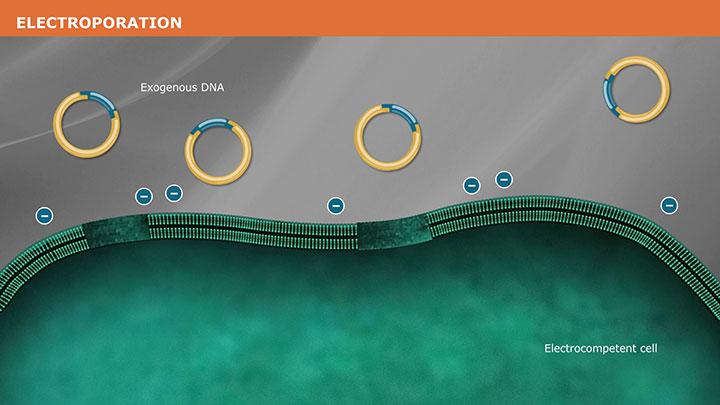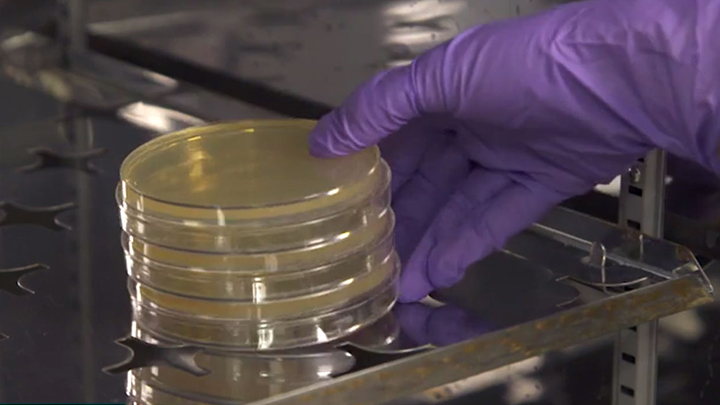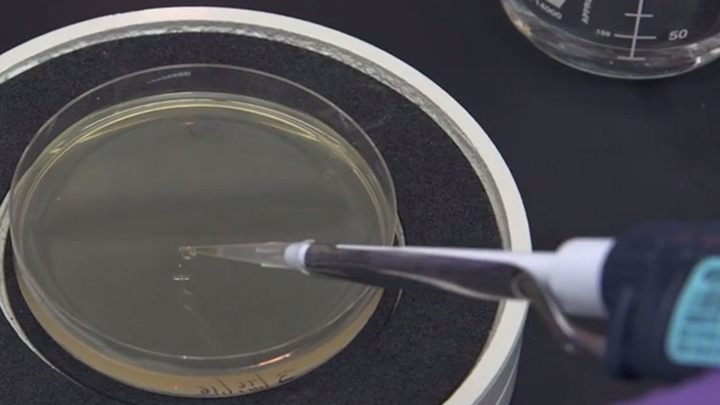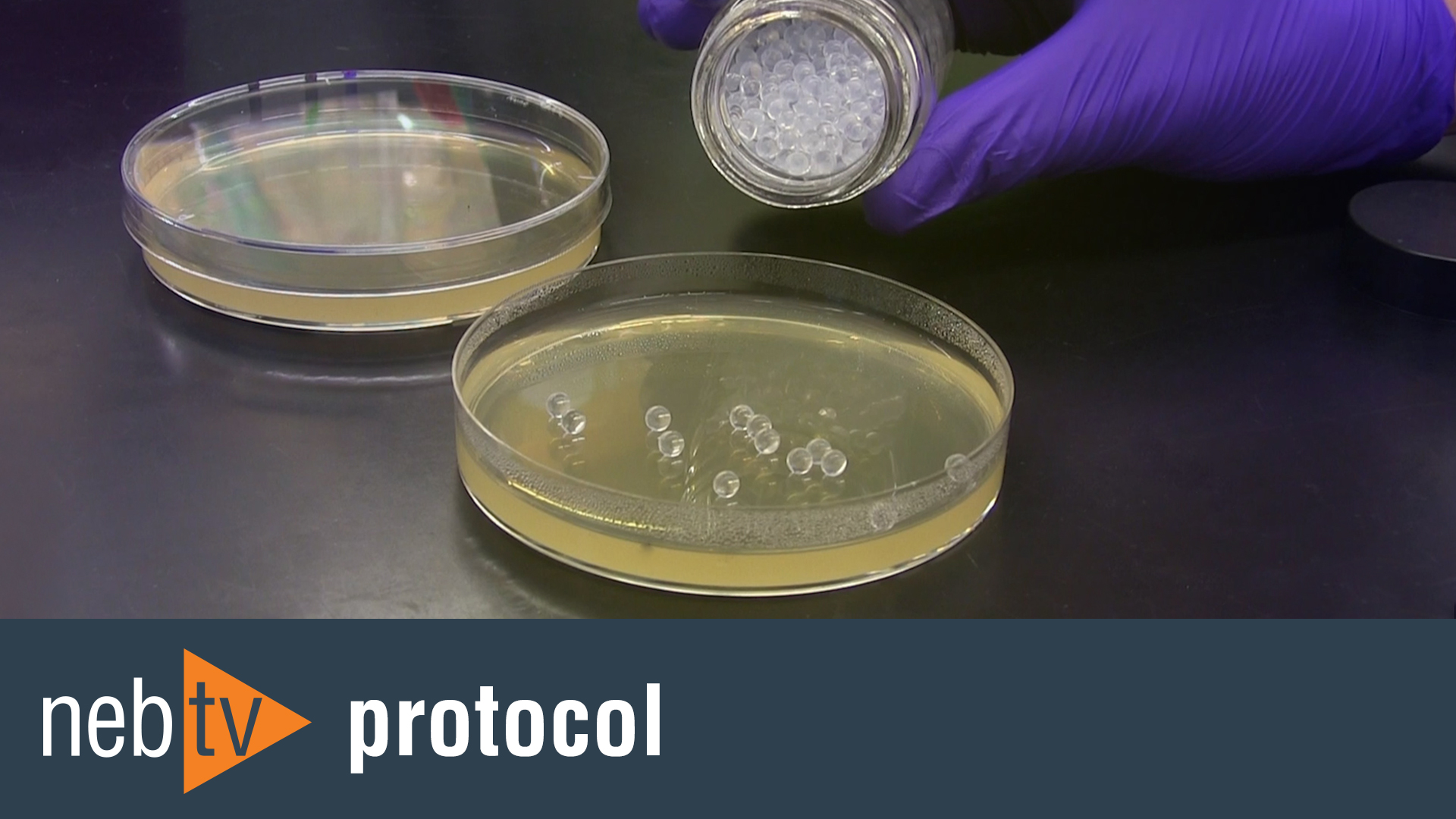
Transformation
Choose Type:
- 5 Minute Transformation Protocol (C2984)
- 5 Minute Transformation Protocol (C2987H/C2987I)
- 5 Minute Transformation Protocol (C2988)
- 5 Minute Transformation Protocol (C2992)
- 5 Minute Transformation Protocol using NEB 10-beta Competent E. coli (C3019H/C3019I)
- Electroporation Protocol (C2986)
- Electroporation Protocol (C2989)
- Electroporation Protocol (C3020)
- High Efficiency Transformation Protocol (C2984)
- High Efficiency Transformation Protocol (C2987H/C2987I)
- High Efficiency Transformation Protocol (C2992)
- High Efficiency Transformation Protocol using NEB 10-beta Competent E. coli (High Efficiency) (C3019H/C3019I)
- Subcloning Competent E.coli Transformation Protocol (C2988)
- Transformation Protocol (C2925)
- Optimizing Restriction Endonuclease Reactions
- High Efficiency Transformation Protocol for 96-well format (C2987P)
- 5 Minute Transformation Protocol for NEB® Stable Competent E. coli (C3040H/C3040I)
- High Efficiency Transformation Protocol (C3040H)
- Protocol for cloning DNA containing repeat elements (C3040)
- High Efficiency Transformation Protocol (C3040I)
- 14 Minute Transformation Protocol (NEB #C2987H/C2987I)
- High Efficiency Transformation Protocol for 384-well format (C2987R)
- High Efficiency Transformation Protocol for 96-tube format (C2987U)
- Protocol for Direct Digestion of gDNA during droplet digital PCR (ddPCR)
- Competent Cell Brochure
- Molecular Cloning Technical Guide
- Competent Cell Selection Guide
- Troubleshooting Transformation Reactions
- Chemical Transformation Tips
- Electroporation Tips
Brochures
Selection Tools
Troubleshooting Guides
Usage Guidelines
Products and content are covered by one or more patents, trademarks and/or copyrights owned or controlled by New England Biolabs, Inc (NEB). The use of trademark symbols does not necessarily indicate that the name is trademarked in the country where it is being read; it indicates where the content was originally developed. The use of this product may require the buyer to obtain additional third-party intellectual property rights for certain applications. For more information, please email busdev@neb.com.
This product is intended for research purposes only. This product is not intended to be used for therapeutic or diagnostic purposes in humans or animals.





